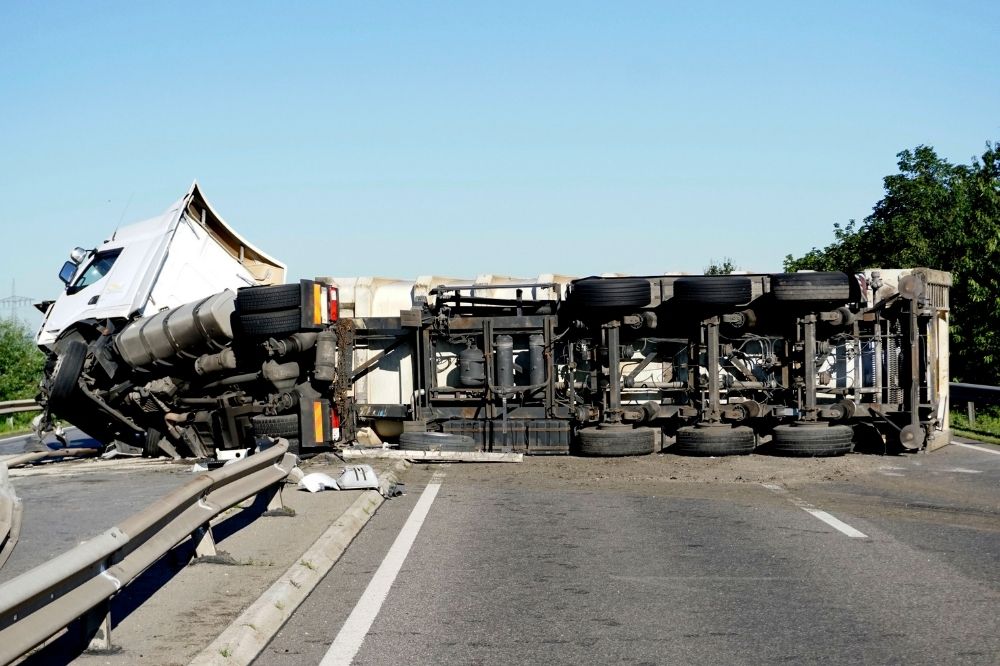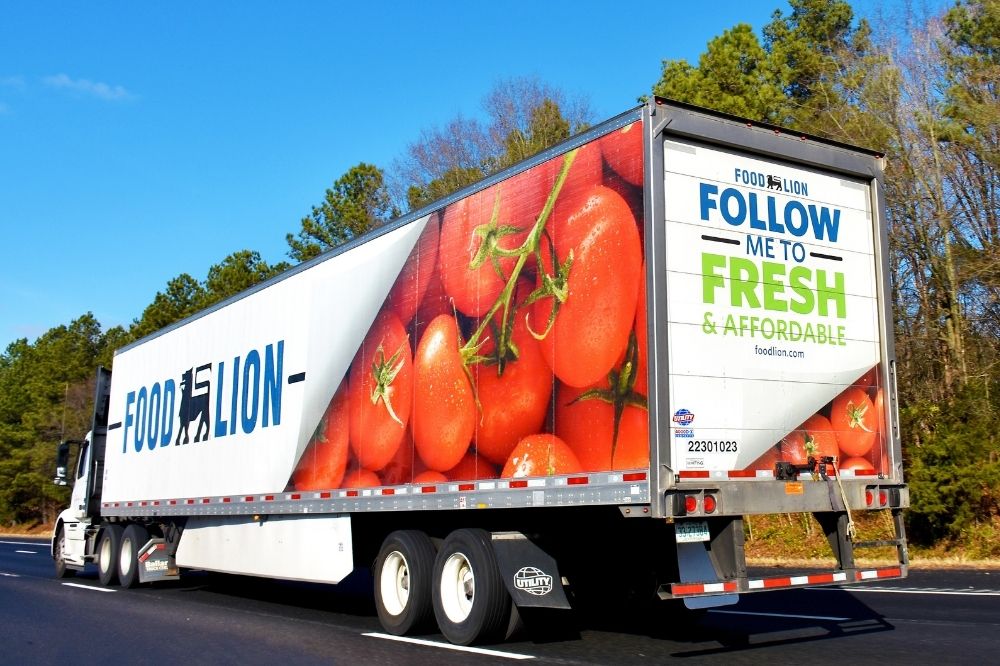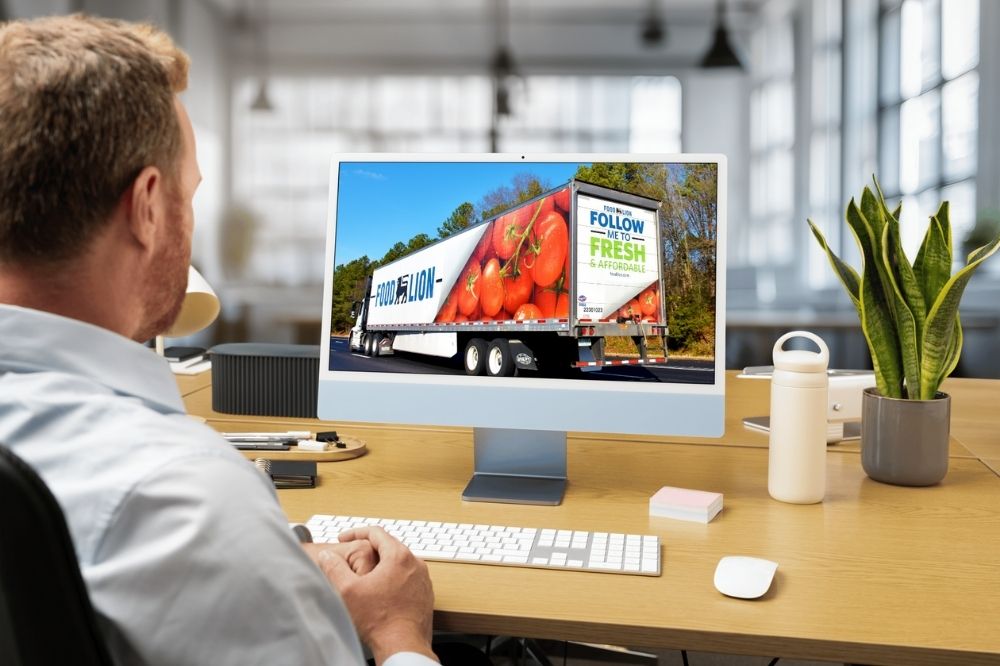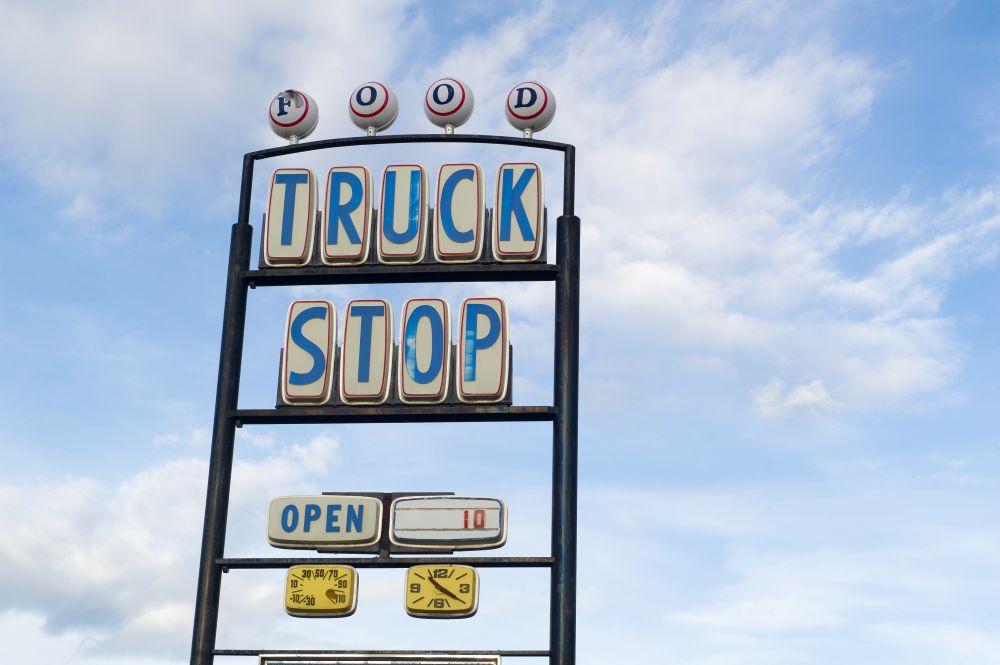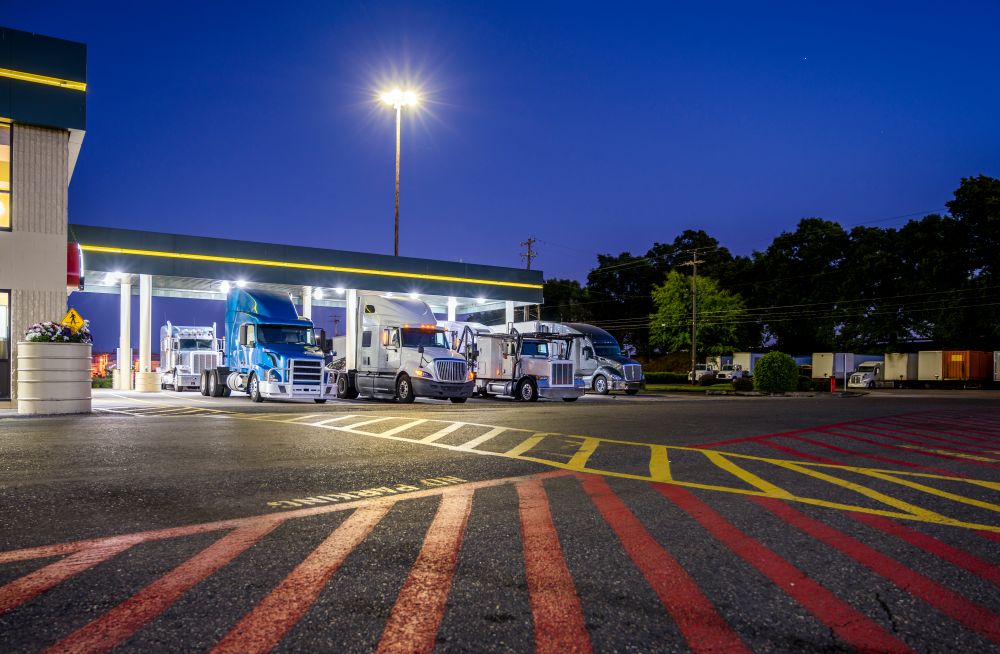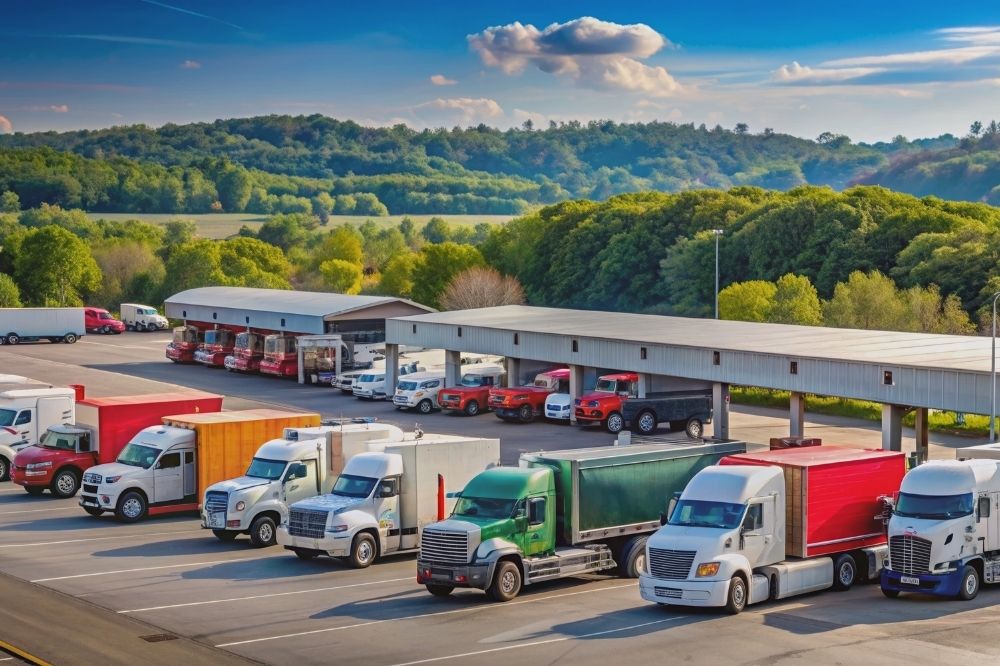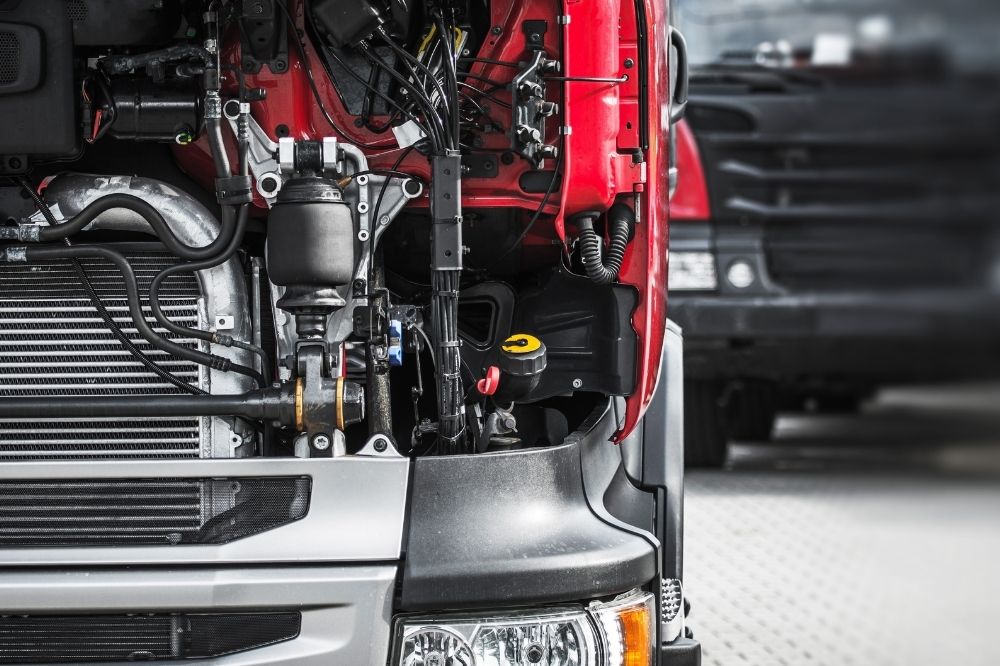
Regular oil changes are crucial for keeping your semi-truck’s engine clean and extending its lifespan. However, costs can add up quickly, impacting your profits if not managed wisely.
So, how do you know when it’s time for an oil change, and what does a typical semi-truck oil change cost? This guide covers everything you need to know, including cost factors and money-saving tips to keep your truck running smoothly without breaking the bank.
Understanding the Importance of Oil Changes
Besides getting rid of the contaminants, dirt, and debris in your old oil, keeping your engine clean, and preventing engine seizure, frequent oil changes are crucial for the following reasons:
- Protecting your engine from premature wear and tear. Your semi-truck engine consists of several precision-engineered parts designed to work together. Oil lubricates these parts, dissipates heat, and prevents friction, which causes wear and tear that can reduce its performance.
- Increased engine efficiency. When your engine is lubricated properly, it requires less energy to rotate as you drive, maximizing its performance.
- Better gas mileage. An efficient engine performs at its optimum without overusing fuel. You can cover more miles with less fuel, reducing your fuel budget and saving more money.
- Environmental benefit. When your semi-truck engine works efficiently, it burns less fuel and releases fewer emissions into the environment.
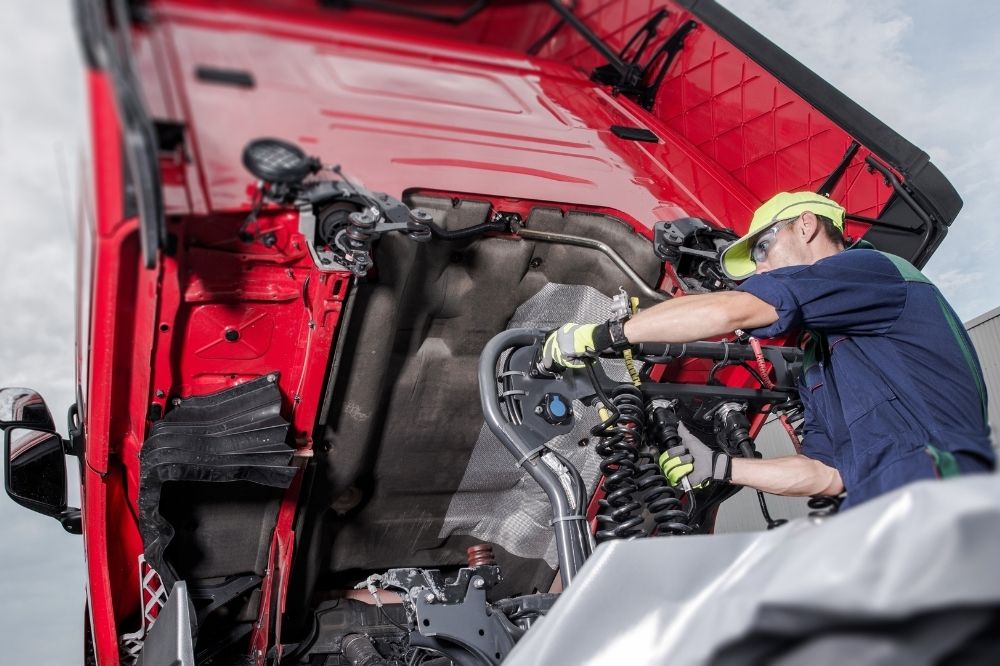
Factors Influencing Oil Change Costs
The average cost of a semi-truck oil change depends on several factors. Some of these include:
- Engine design complexities. The engines of newer trucks are more complex and may require specialized oil than older ones.
- Type of oil used. Some truck models work best on synthetic oil, while others require conventional or a blend of synthetic oil. Different types of oil cost different amounts. For example, if your semi-truck requires synthetic oil, your oil changes will cost more as it’s the most expensive oil.
- Labor and service provider expenses. Some engines are more complex to work on than others, especially the newer models. Service providers will, therefore, charge differently for their oil change labor and other add-on services.
- Geographic location. Oil change service costs differ in various locations.
Typical Oil Change Intervals for Semi Trucks
Oil change frequency varies by semi-truck, but general guidelines are: 5,000 miles for conventional oil, 8,000 miles for semi-synthetic, and 10,000 miles for full synthetic. However, always refer to your truck’s user manual for the most accurate schedule.
Regular oil level checks during trips are essential to maintaining engine health. Here is a quick guide on checking your semi-truck oil level using the well-known dipstick method.
Risks of Neglecting Oil Changes
You might be wondering what would happen if you neglect regular oil changes. Well, some of the risks you’re exposing yourself to when you put off an oil change include:
- Engine damage. When you fail to replace your oil with fresh oil, dirt, and debris from the old oil accumulate. Your engine then develops carbon deposits that clog your system, leading to engine damage, which is usually more expensive to repair.
- Reduced fuel economy. Without proper lubrication, your semi-truck engine burns more fuel faster than usual. It decreases fuel economy as you’ll require more fuel to cover fewer miles. This will increase your operating costs and reduce your profits.

- Overheating. Extremely low engine oil levels cause your engine to build friction and run at higher-than-normal temperatures. As a result, your engine components begin to wear and tear rapidly, developing costly engine issues.
- Complete engine failure. Taking too long to change oil turns it into sludge. If this happens, your engine parts will not get lubricated. Instead, the sludge might gum them up, causing your semi-truck engine to seize and fail.
Semi Truck Oil Change Cost
A basic conventional oil change costs around $35, rising to $75 with add-ons like an oil filter replacement and tire rotation. Semi synthetic oil changes range from $40 to $100, while full synthetic costs $65 to $125.
However, prices vary depending on factors like truck model and special filters, with some changes exceeding $260.
Create a Preventative Maintenance Plan
One of the best ways to save money and ensure your engine operates efficiently is to create a preventative maintenance plan for your oil changes at the required intervals.
For cost-effective and reliable service, choose a trusted truck repair shop, preferably an independent one, as they’re often more affordable and provide personalized care.
Once you’ve found a mechanic, set a budget for regular oil changes and maintain a schedule. Keeping records of routine maintenance ensures timely oil changes and helps extend your truck’s lifespan.
Conclusion
Regular oil changes are essential to keeping your semi-truck running efficiently. While they require frequent spending, they help you save on fuel and prevent costly repairs in the long run.
For even greater savings, consider changing the oil yourself. Though you’ll need to invest in wrenches, an oil pan, a jack, and gloves, this one-time cost pays off with every DIY oil change.
If you ever need help financing other semi-truck repairs, call us. We offer affordable semi-truck repair loans tailored to your situation to keep you on the road.

